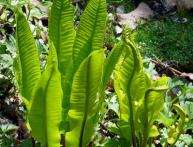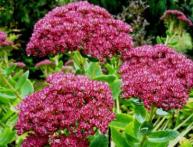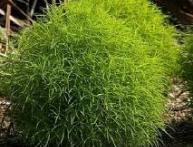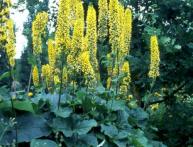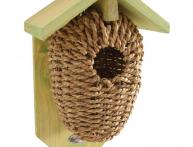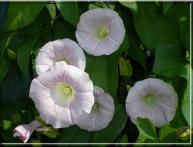Nasturtium in the photo is a bright and delicate flower

Several decades ago nasturtium was very popular in our country. Every housewife who loved greens and flowers had at least a couple of bushes of this plant in her home. Then for a while the fashion passed, and unpretentious red-haired beauty disappeared from most balconies, window sills, and flower beds. But gradually interest in it is being revived thanks to breeders who are developing new varieties. And today palette of colors, which abound in nasturtium, as well as its ability to settle down under any practical conditions make this flower very attractive to flora lovers.
Depending on where you will plant the plant, you can choose creeping variety or bush, raise the nasturtium on a pennant or vertical support. Eat different sizes of the flower itself, simple shapes and fluffy, terry ones.
She's perfect for the soil undemanding. However, transplanting seedlings into permanent soil must be very careful. Nasturtium loves the sun, but the wind - not so much. To her fresh organic fertilizers are contraindicated, and before the cold weather the plant will need to be covered. As a top dressing Potassium and phosphorus are best. The flower needs moderate watering.
Rare variety Exotic nasturtium – very beneficial for decorating gazebos, balconies, terraces. It twines around the nearest support in a matter of days, has powerful, beautiful stems, and quickly grows shoots.
If you plant nasturtium next to garden crops, it will will help them get rid of some diseases and pests. For some reason, this flower repels aphids and cabbageweed, whiteflies and even the ubiquitous Colorado potato beetle. Even mushrooms and viruses retreat before it.


